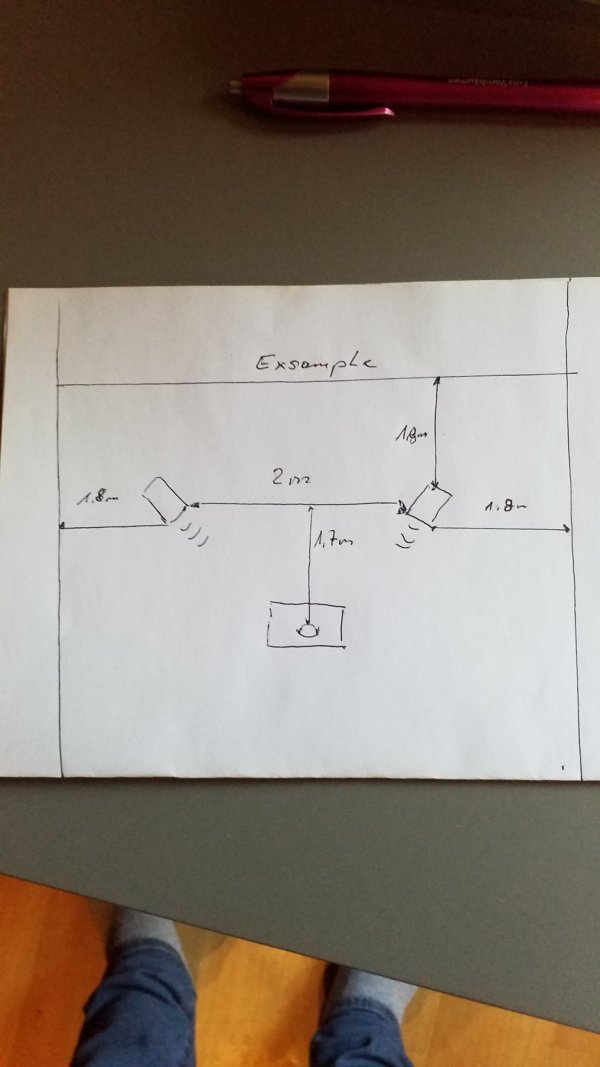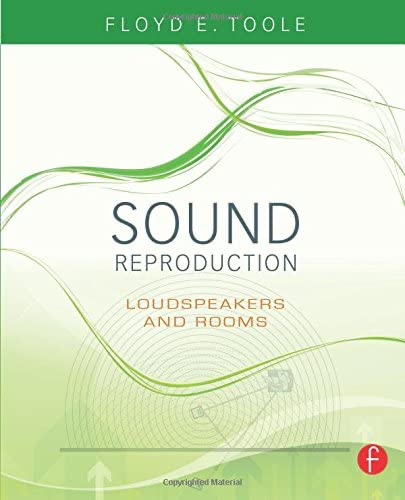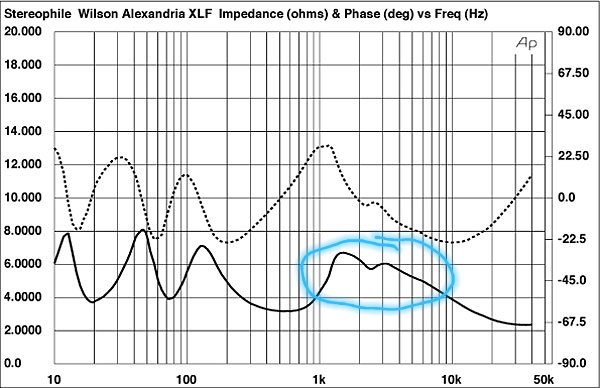How can you say that it is exclusively the impulse and dispersion of the speakers when the actual spatial information is encoded in the recording? What our brains perceive as space has everything to do with A) how well space perception cues in real life were captured on that recording and B) how unimpeded that information retrieval is from the recording.
The speaker can indeed impede and modify this information but if all that information is not making it to the speaker then it will never be able to reproduce it.
To be honest, I was mostly mirroring your assertion style to prompt a nice discussion, I could have done it better,
mea culpa.
To keep things rolling:
a) is a given, if it is not in the recording it either never there to begin with or was lost forever.
b) our opinion and experiences might vary, and that's ok.
Mea culpa because soundstage reproduction obviously isn't simply a function of the characteristics of the loudspeaker/room system, no question the upstream feeding into that is fundamental as you state. I'll grant that power and signal transmission (I'm not sure what you mean by this, ambiguous term) are fundamental and there are more ways than one to ruin a good presentation with those.
That you can't conceive something is far from making it a fact. MOST electronics get it wrong at least to a significant degree.
It is not about phase shifts it is about information retrieval and impediments to that retrieval. Power and signal transmission plays a critical role in this as does the quality of the electronics.
I suspect you are not even aware of the degrees of difference is spatial representation possibilities or you would not have such a purely mechanical conception of what makes soundstage and imaging.
This is where we seem to have the bulk of our differences. I haven't experienced any significant collapse of the soundstage and scale of a reproduction with deficient power or otherwise normally functioning electronics, especially at the level we are discussing in WBF. They are clearly important and differences are there and discussable, but I can't say that soundstage specifically was dramatically changed, other differences are much more salient to me and would show much sooner in other forms. The times I did notice an obvious difference there was clearly a phase problem and it was quickly corrected.
If I seem to have a mechanistic view on soundstage and imaging, well, that's because I do. As an engineer and a scientist I can't help but decompose the problem and apply all I known at any given time to model the issue, trying to extract testable conclusions along the way. I would argue you have a mechanistic approach as well, since you have your conceptual model of how it works as well, it is not black magic or the outcome of chance.
Our models simply have different weights to different variables, but the variables seem the same (I would argue we have a very coincident view on these things from what I read in your posts, apart from hair splitting such as this). I currently place almost all of the weight on a broad notion of the dispersion pattern, i.e., control of directivity, diffraction and refraction, impulse response, phase. Without these aligned in specific ways, any hope of fulfilling any promises of stereo imaging reproduction is lost, no matter what you do upstream.
As for scale I tend to experience more finesse with low excursion large displacement areas vs more domestic sizes but with higher excursion. I'm sure I'm entangling that with the usual difference in sensitivity as well, but it is hard not to.
As an example, Stavros with Aries Cerat is a master at manipulating these concepts. I would consider their current loudspeakers unassailable from a soundstage/imaging/scale perspective, mostly immune (within reason) to the upstream feeding them in their capacity to hang in space a performance.
TLDR: I agree the upstream system of the loudspeakers/room is fundamental in soundstage, imaging and scale, but I regard the large (by far) contribution to these specific aspects of reproduction comes from the speaker/room system. To the point it would be difficult to mess up a good speaker/room combo with
bad electronics, but impossible to uplift supreme electronics with a bad speaker/room interface, again, regarding only imaging, scale and soundstage.


















